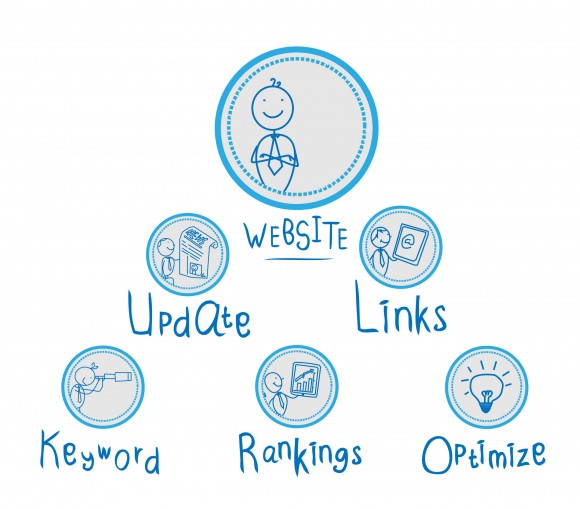
As internet marketing experts, we tend to put too much weight on the on-page factors of a website as well as the link building activities that we should perform in order to achieve top rankings in the SERPs. At the same time we forget or we don’t give the proper amount of attention to the “soft”-quality factors that our website must have in order to gain the extra competitive advantage over its competitors. So, below we discuss specific soft factors that can certainly boost a website’s ranking and increase relevant organic traffic.
User Behavior factors
Google and other search engines use certain “soft” (quality) patterns to determine the ranking position for each website’s page by studying certain user behavior data. Some of the most important user behavior data patterns that have been observed are:
- Time spent on a given page (document) concerning a particular query over a specific period of time. That means that if page A ranks 1st for a certain search query (e.g. “best widgets in the world”), then the search engine can take into account the time on average users spent on that particular page over time. So, let’s assume, that in February of 2013 page A ranks 1st for a certain search query and users spend on average 30 seconds on page. If after 6 months the average time spent on the same page is cut back to 10 seconds search engines can logically suspect that the page’s content has become less relevant over time in relation to this query and so they begin to “downgrade” – gradually drop page A’s rank position.
- CTR per search result in relation to result’s position. That means that all things equal, if one of your website pages ranks 3rd for a given search query with an average 3% CTR, you can increase the possibility to improve ranking position by just improving your website’s page SERPs CTR. In order to achieve that you must optimize your page’s title tag and meta-description. Click here to retrieve more information concerning the optimization. Moreover, implementing rich snippets allows you to increase the CTR (you can find more information here).
- Social signals generated through social networks such as Facebook, Twitter, Google+ & Linkedin are proven to positively affect website rankings and SEO efforts. For further analysis click here and here.
Fresh factor & Rankings
More and more fresh published content tends to dominate search results even if more quality but “older” published content already exists. Instead of debating on how fair or unfair is this, we should focus on how to capitalize on the fresh factor and improve our website’s rankings and organic traffic.
Leverage freshness on SERPs by implementing a long-tail content development strategy in 3 steps:
- Harness your web analytics platform (e.g. Google analytics) data and use a Keyword research tool to figure out high-value, long-tail keyword phrases that you can target.
- Evaluate the difficulty to rank high for your chosen long-tail phrases with a powerful keyword difficulty analyzer tool.
- Develop your blog posts and your content marketing material by targeting such long-tail keyword phrases for which you can easily rank at the top of SERPs.
In conclusion, combine your on page and off page optimization efforts together with the above “soft” – quality factors that search engines have begun to use more and more and watch your website’s rankings increase. At the same time make sure to put in use as many best practices and quality guidelines possible that will work in your advantage.
Lastly don’t forget that in the long term your positive actions will lead to positive results.




No comments:
Post a Comment